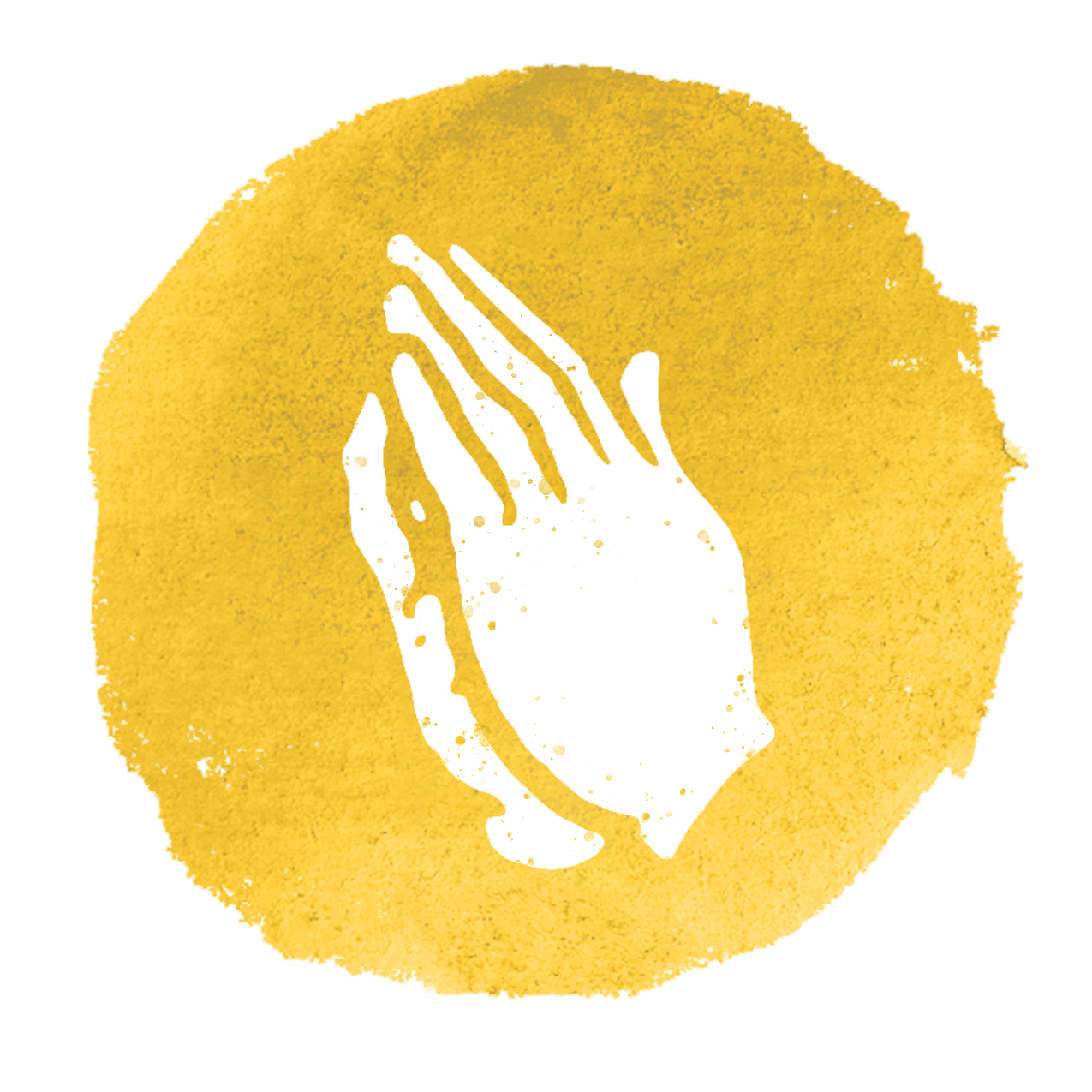For years I’ve been trying to articulate for myself and for others what makes the way we Anglicans celebrate Holy Week and Easter unique. In my time in the Anglican church, I have been deeply formed by Holy Week. Holy Week has profoundly shaped how I think about the church as the family of God, God’s Kingdom, and the purpose of Jesus’ life, death, and resurrection. It’s been difficult for me to find the words to describe what I feel and have experienced. But this year, I’ve realized that the Resurrection is embodied to me through our worship in a way I hadn’t experienced before becoming an Anglican, and it’s our embodied worship that makes an immense difference in our discipleship.
Holy Week is a deeply embodied experience. In our celebration, our bodies play an active role. Our bodies are active in our worship across the church calendar: we sit, we stand, we kneel, we taste, we sing. But during Holy Week, we take this embodied worship to the next level by marching around outside the church and waving palms, by washing one another’s feet, by touching the wood of the cross. We can feel the heat from the new fire and the candles. We hear the announcement of the good news in the ringing of the bells. We dance around the aisles, sweating because we’re so tightly packed and the air conditioning can’t keep up. At the end of Holy Week, on Easter Monday, I always feel bone-tired.
All of this lively worship leads me to contemplate death. I think we find it easy to think about Jesus’ death in the abstract only—we don’t yet know Jesus’ literal body personally, and he ultimately wasn’t dead for very long. It’s more comfortable to disembody Jesus’ death than to identify with Jesus’ death in our own dying bodies. We like to think about Jesus as a person who ate and drank and ran and danced and enjoyed his body in the ways we enjoy ours. It’s scary to think that Jesus’ body experienced the destruction of Sin and Death the way that ours do and will. In our Communal Lament devotional for Lent this year, the stories and their authors returned to the idea of bodily suffering again and again. I was struck by how even our mental and emotional suffering affects our bodies. We don’t want to die, but Holy Week doesn’t let us escape the truth that it is only in dying that we will find true life. Jesus could only give us life through the death of his own body.
A few weekends ago, at our youth retreat, we focused our teaching and reflection times on the theme of “Embodied Spirituality.” We wanted our students to wrestle with the mystery that we are “embodied spirits” and that at the same time we are made of “spiritual flesh.” We wanted them to contemplate the importance of their bodies primarily because our internet saturated culture is literally killing the bodies of young people. Suicide is spiking among teenagers, and I suspect that it has something to do with how having a “life” on the internet can denigrate our embodied lives. Hating our bodies is not new to humanity, but the internet allows us to think that we can get away from our bodies or that we don’t really need our bodies to be ourselves. This kind of death does not bring life.
In all of this, I am reminded of Paul’s message to the Corinthian Christians about what the gospel has to do with bodies:
Now, brothers and sisters, I want to remind you of the gospel I preached to you, which you received and on which you have taken your stand. By this gospel you are saved, if you hold firmly to the word I preached to you. Otherwise, you have believed in vain.
For what I received I passed on to you as of first importance: that Christ died for our sins according to the Scriptures, that he was buried, that he was raised on the third day according to the Scriptures, and that he appeared to Cephas, and then to the Twelve. After that, he appeared to more than five hundred of the brothers and sisters at the same time, most of whom are still living, though some have fallen asleep. . . .
But Christ has indeed been raised from the dead, the firstfruits of those who have fallen asleep. For since death came through a man, the resurrection of the dead comes also through a man. For as in Adam all die, so in Christ all will be made alive. But each in turn: Christ, the firstfruits; then, when he comes, those who belong to him. Then the end will come, when he hands over the kingdom to God the Father after he has destroyed all dominion, authority and power. For he must reign until he has put all his enemies under his feet. The last enemy to be destroyed is death. For he “has put everything under his feet.”— 1 Corinthians 15:1-6, 20-27, NIV, emphasis added
I love how this passage brings to light for us both the humanity and divinity of Jesus’ body. The post-resurrection appearances of Jesus demonstrate that there is a clear degree of similarity between Jesus’ old body that died and his new resurrected body. But most importantly, Jesus’ resurrected body is a new body, and both of those aspects are important. Our bodies are now subject to Death. In his resurrected body, Jesus defeats death. And someday, we will also have death-defeating, resurrected bodies. They will be similar to our earthly bodies now, but they will be also be transcendent, resurrected, and almost unrecognizable in their resistance to death. And as we look forward to Ascension Sunday, we can be confident that we have an Advocate who stands on our behalf at the right hand of the Father in his body. This is the same body that we share now in the Eucharist, and this is the same body that we will share at our own resurrection.
So when I think about how God met me during Holy Week, how he continues to meet us through Easter season, how he meets us in our Anglican worship, I continue to be humbled and encouraged that he meets us in his body.
Ellen works at Savior as the Youth Coordinator. She is also an Editor of Bibles & Reference at Tyndale House Publishers; she has worked there since 2014. She has worked and volunteered in a variety of youth ministries over the past decade and she began attending Savior in 2017.








